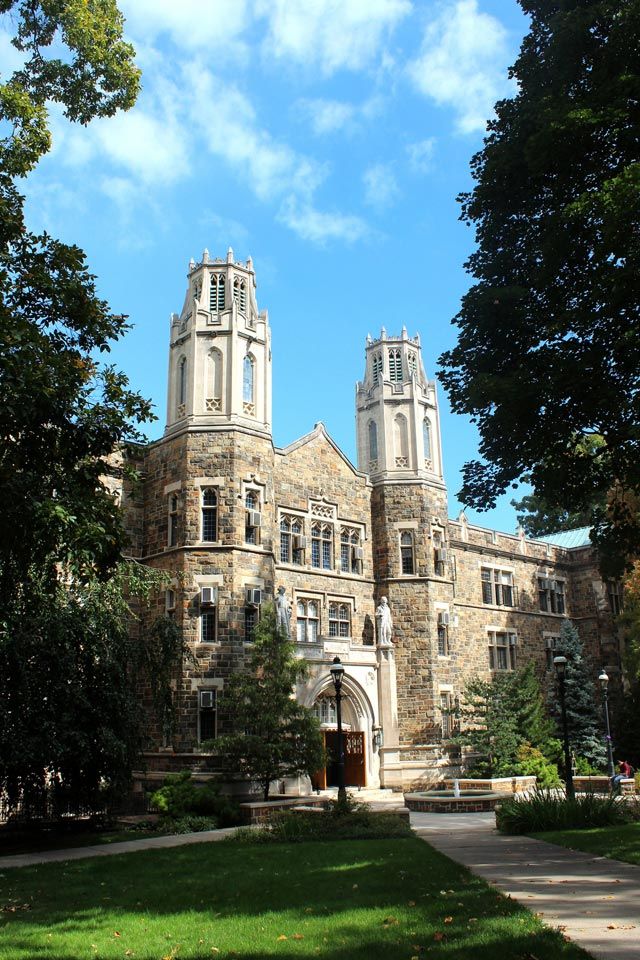The intense light measures less than 70nm in diameter, far below the resolution of an optical microscope set by the diffraction limit.
Chip-scale ultraviolet light sources that can be used to detect small concentrations of chemical and biological agents could prove invaluable to the medical industry. Such light sources rely on nanoscale concentrations of light.
Under the direction of Volkmar Dierolf, professor of physics in the College of Arts and Sciences, and Filbert Bartoli, professor of electrical and computer engineering, a Lehigh research team has manufactured a tiny bow tie-shaped antenna that can produce an intense spot of UV light measuring less than 70 nanometers in diameter, far below the resolution of a microscope set by the diffraction limit.
The resolution of conventional optical microscopes is limited by the wavelength of the incident radiation. Imaging a 70nm speck of light is no trivial matter. It can be achieved only with a near-field scanning optical microscope (NSOM), an instrument whose design is closely related to the better-known scanning tunneling and atomic force microscopes. An NSOM works by scanning a small aperture over an object. Only light can pass through this aperture, thus the size of the aperture governs the resolution of the image.
“In order to obtain UV images, we had to modify the optics in our near-field optical microscope,” says Dierolf, a member of Lehigh’s Center for Optical Technologies. “Our group is the first to directly image the UV optical field that passes through a bow tie nano-antenna.”
The antenna itself consists of two triangular pieces of aluminum, approximately 200nm in length and 185nm wide, arranged apex-to-apex with a small gap (about 50nm) between them. It was fabricated by first depositing a thin layer of aluminum onto a fused silica. A high-precision focused ion beam of gallium ions was used to create the bow tie structure.
“In order to obtain UV images, we had to modify the optics in our nearfield optical microscope.” —Volkmar dierolf
The tiny spot of light is produced when the bow tie structure is back illuminated with a UV laser so the beam passes through the substrate first. The transmitted light has both near-field and far-field components.
The far-field component can travel through space in an unconfined manner and is the “normal” light that can be detected in a conventional light microscope. The near-field component, which is focused into a small but intense spot, is confined to the first few nanometers of surface. In order to image this tiny spot, the NSOM aperture has to be positioned and then scanned at a fixed height of just 10nm above the sample.
“The two triangles operate like an antenna to confine strong electromagnetic fields in the gap,” says Dierolf.
The antenna’s ability to produce a strong field is due to the incident UV light inducing a collective oscillation, or wave, of the free electrons in the aluminum – a surface plasmon. “The strength of the optical field is governed by the degree of resonance of the plasmonic wave,” says Dierolf. “This is governed by the length of the triangles in the bow tie.”
To demonstrate this, graduate students Liangcheng Zhou (who recently accepted a post-doctoral position at Princeton University) and Qiaoqiang Gan (now an assistant professor at SUNY Buffalo) fabricated a series of antennas having different triangle lengths ranging from 300nm to 650nm and positioned them next to each other so they could be imaged under identical illumination conditions. The highest intensities were found for 300nm and 500nm, which corresponded with their theoretical predictions.
“Direct measurement of the optical field near the nano-antenna contributes to a better understanding of the underlying physics of these nano-scale antennas, which is crucial for advancing studies of sub-wavelength optics,” says Dierolf. “It has potential applications in photolithography, tip-enhanced Raman spectroscopy, single molecule imaging and nanoparticle trapping.”
The project is funded by NSF.

